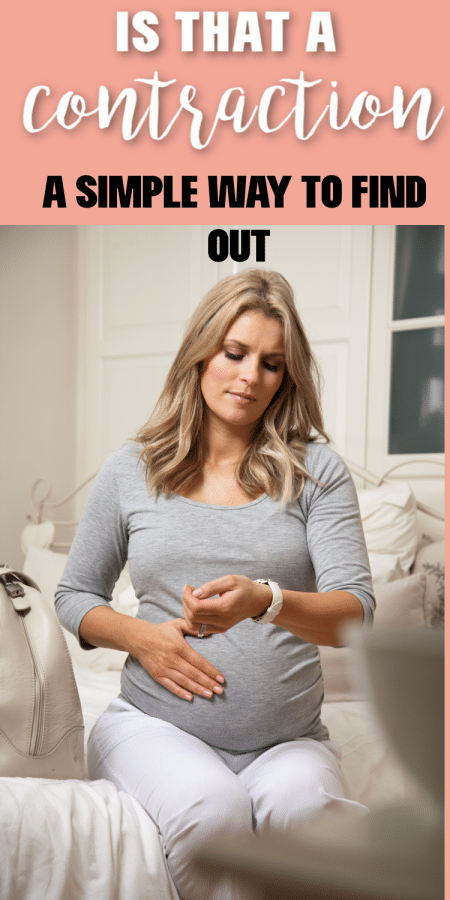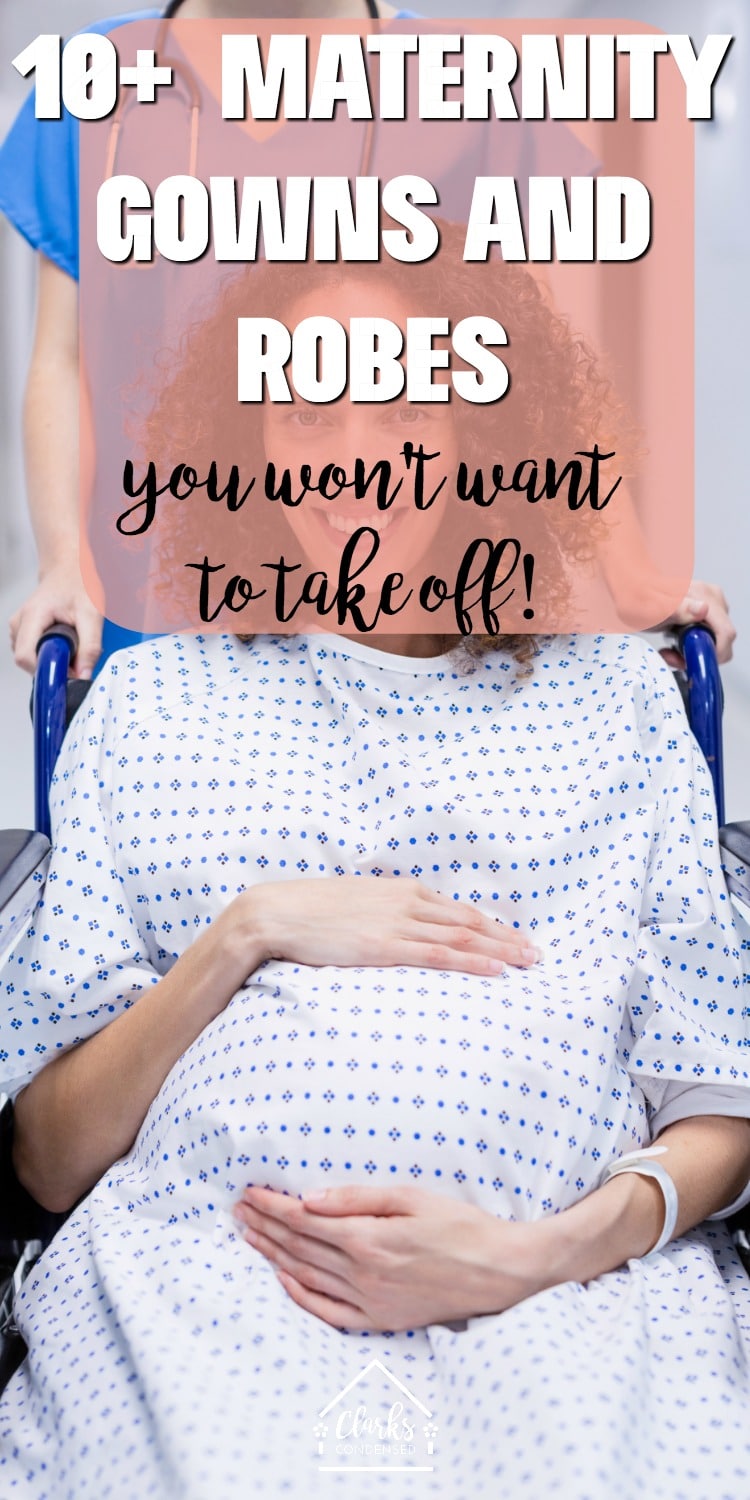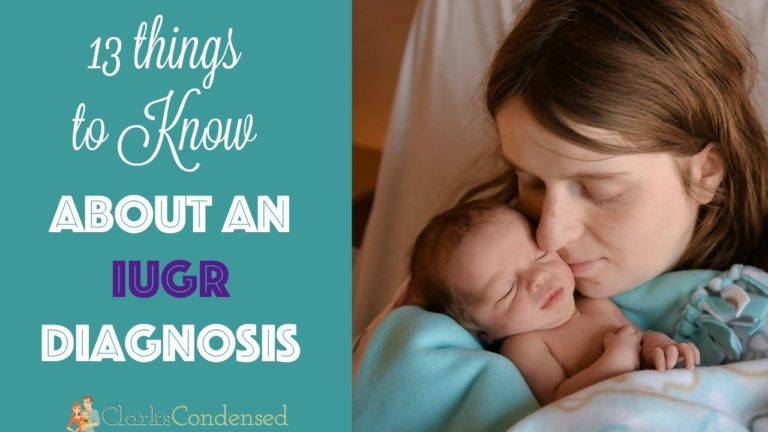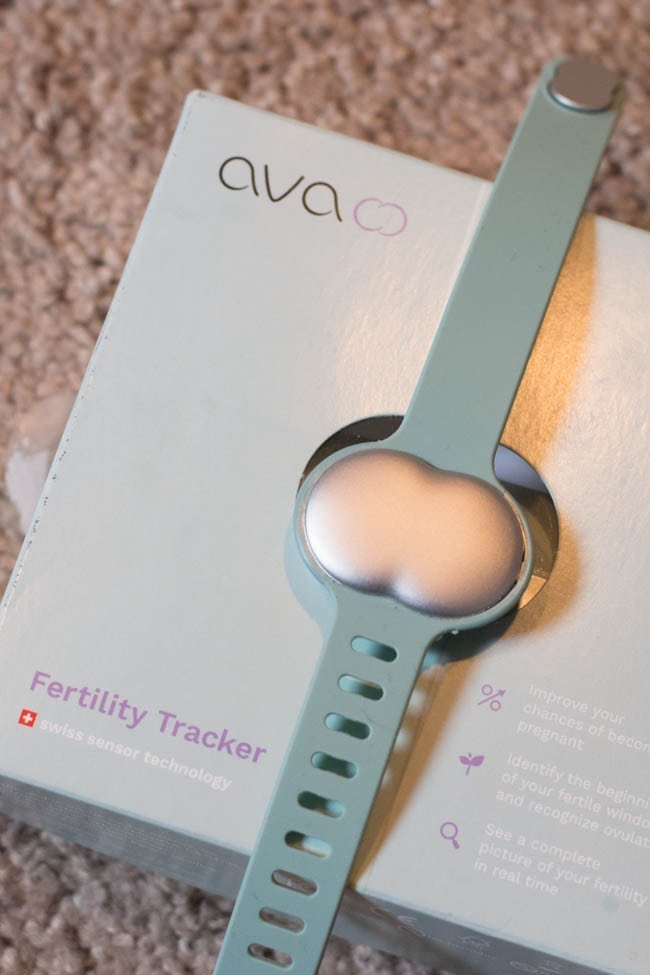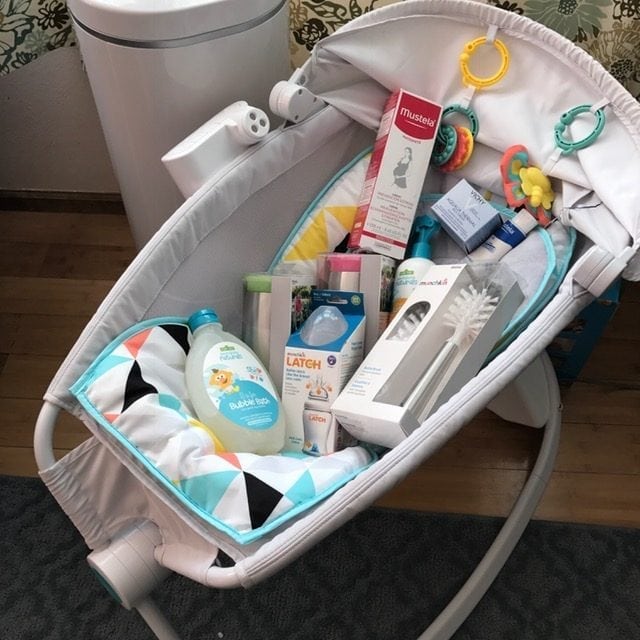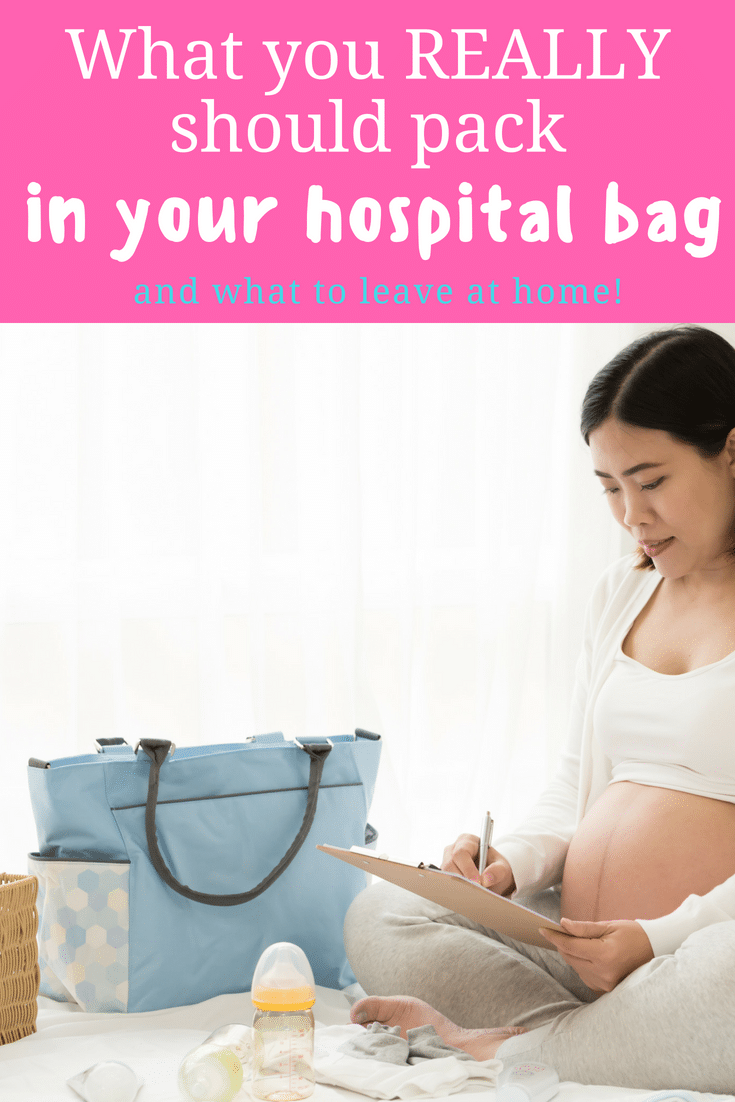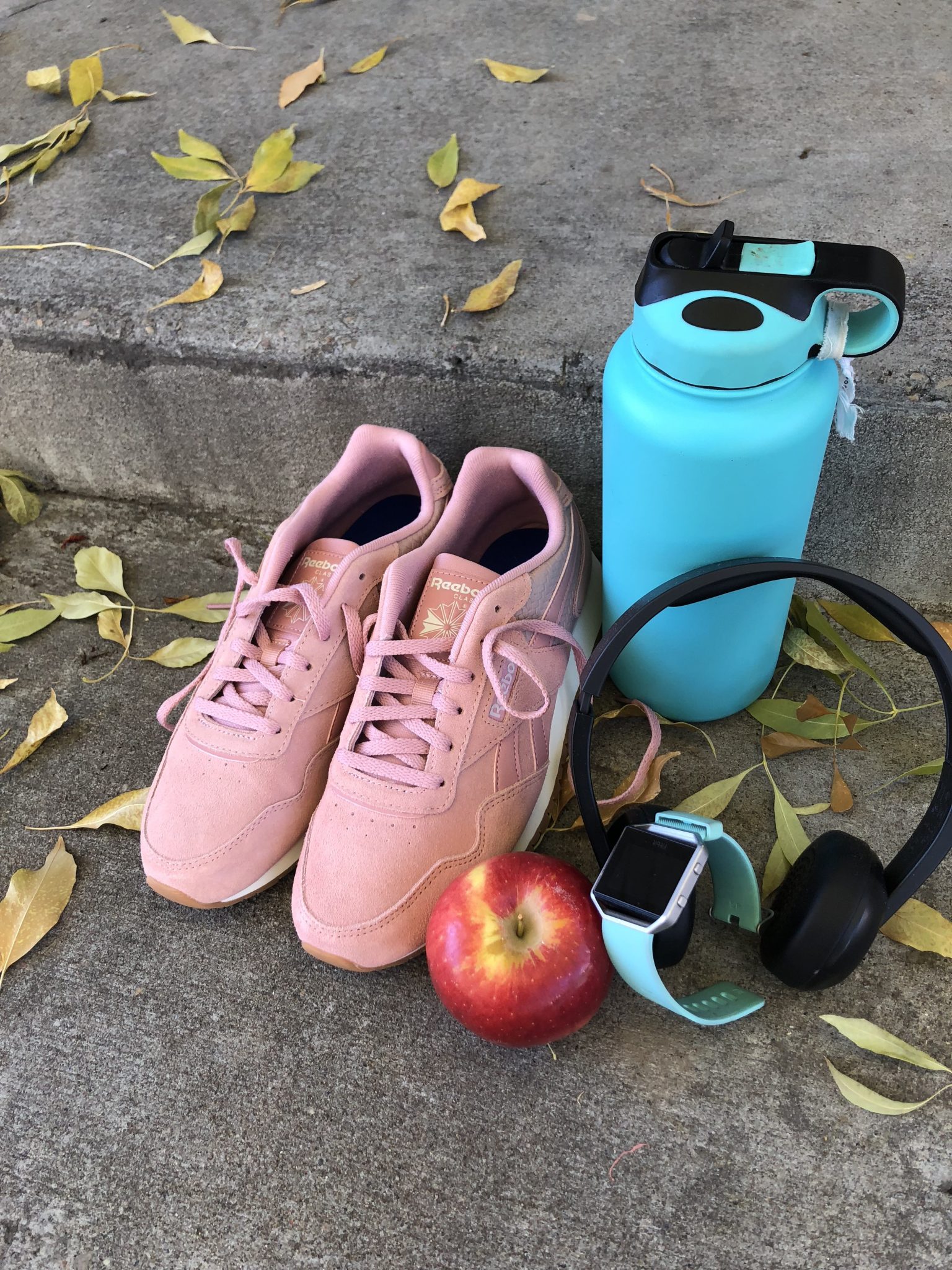Bloomlife Review 2021+ Promo Code: A Three-Time Mama’s Experience
Is the Bloomlife Contraction monitor worth getting? Here are my thoughts as a third-time mom
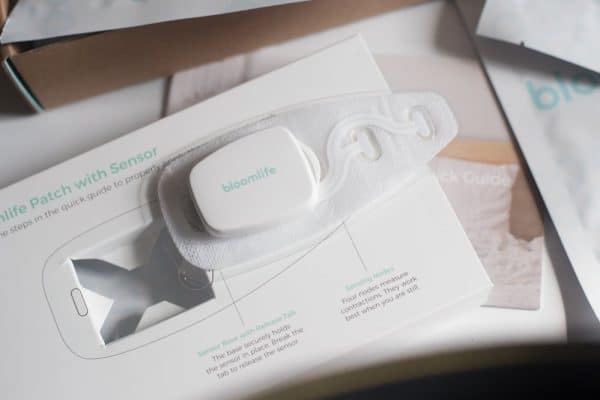
Although this is my third pregnancy, I feel like I’ve had so many different challenges from my first two.
It’s true what they say – every pregnancy is different!
From the start, I’ve experienced a lot of cramping. While there have been different theories as to why this is (my recent Endometriosis surgery prior to conception, low progesterone, etc.), it hasn’t been fun.
Cramping during pregnancy can always feel concerning, especially when you’ve experienced any kind of pregnancy loss.
Fortunately, I am now at almost 34 weeks. The intense cramping went away, but it was replaced around 16 weeks with Braxton Hicks.
I had these with both my previous pregnancies, but never this early or to the extent I’ve had them with this sweet boy.
Most of the time, they are just annoying. I find myself stopping because my belly feels so heavy, and I sometimes have trouble falling asleep due to them.
They don’t hurt. They just aren’t fun!
My office always says “if you have more than four in an hour that don’t go away, make sure you call!”
I’m pretty sure I’d be living in the office or the hospital at this point if I did that 🙂
After my last pregnancy, I heard about the Bloomlife Contraction Monitor. It seemed like a really interesting idea, especially for first-time moms.
Essentially, it tracks your uterine activity with a simple, non-invasive and safe device that you place on your belly. It can help you identify patterns with your body – and see when things change.
Although I just had my third baby, I thought it would be interesting to try. So here’s a little bit about my experience, as well as a way to get your first week for free!
Things to Keep In Mind:
The Bloomlife contraction monitor is NOT a medical device. It is simply an additional tool to help you better understand your body.
It’s not something that you just put on once – it’s best used over time so you can see patterns with your body – and if something changes, you’ll be able to see it.
You have to remember that just because it is registering a contraction doesn’t mean it is a true labor contraction – it will pick up any uterine activity.
For me, it was showing I was having lots of contractions that were lasting over a minute. This did coincide with a lot of tightening and cramping, so I knew it wasn’t incorrect that it was picking something up.
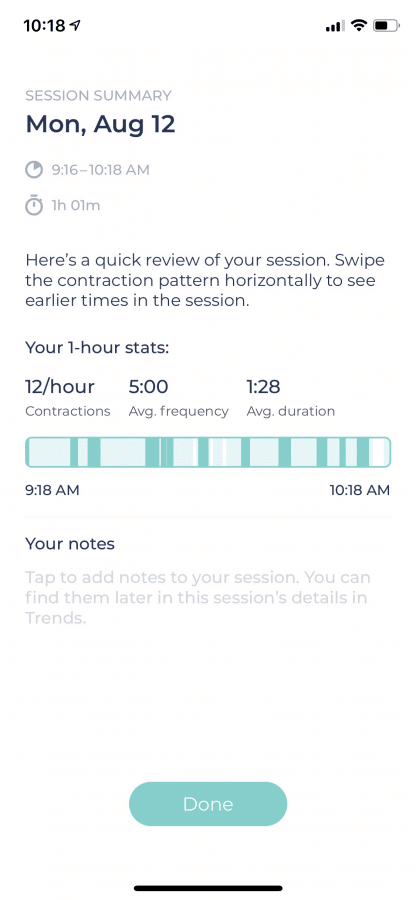
The next morning, I was having a lot of cramping, which was outside my norm of just having lots of Braxton Hicks. I ended up having to be monitored at the hospital, and they discovered I had a UTI.
However, when compared to the contraction monitor I was hooked up to, the blips were much smaller – and more in line with uterine irritability. The length on the contraction monitor was shorter too. Bloom was showing them last for minutes!
I would have called regardless because of the cramping, but it was helpful to have the extra data from Bloom Life to show that there was a lot of activity going on.
What I found even more interesting was a few days later – after I had been on the antibiotic for 24 hours – I went from having 10-16 events an hour to just two during the night. I had been feeling a lot less tightening and cramping, as well, so it was just interesting to see the two things go hand-in-hand.
Here is a screenshot from after the antibiotic went into effect:
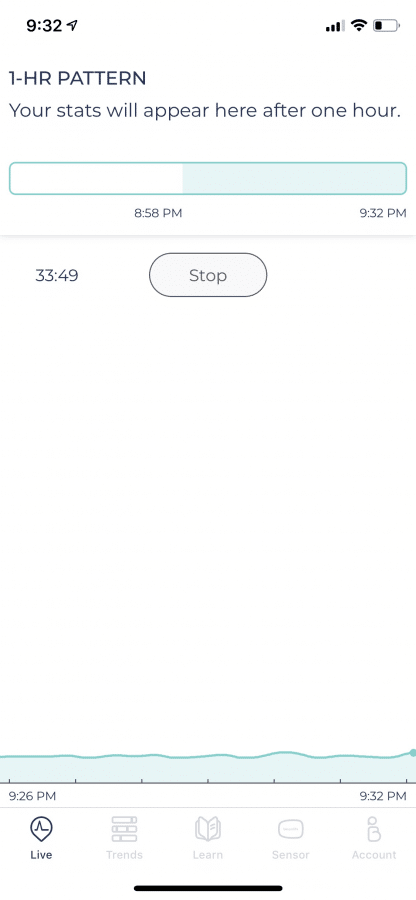
So I do think that the Bloom Life Contraction Monitor can be helpful in helping you determine if something is outside your normal.
I think I would caution people from looking at the data, seeing activity, and thinking they are in labor if you aren’t feeling anything. Because it may just be uterine irritability.
You have to learn to respond to your body and only use Bloom Life is an additional tool to help you do that.
Bloomlife Contraction Monitor Price
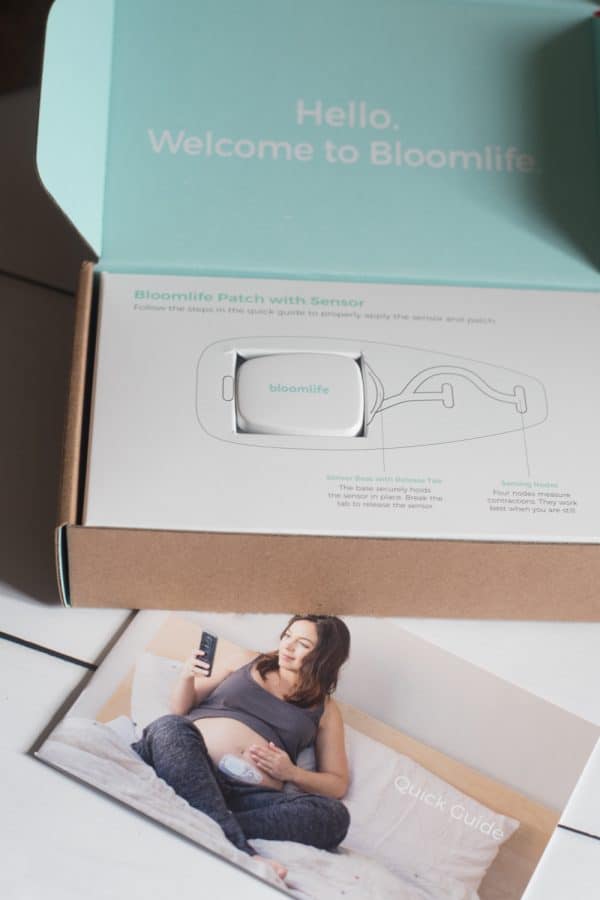
The Bloomlife contraction monitor is only available for rental, and the rental is based on a weekly pricing model.
Currently, it costs $20 per week, plus $8.95 shipping. You will get a prepaid shipping label to return it when you are done.
There is no minimum amount of time you have to rent it for. If you get it for a week and decide you hate it…then you can send it back and only pay for one week!
It is NOT covered by insurance, but it is HSA/FSA qualified.
Bloomlife Monitor Promo Code
If you go through our referral link, you can get $20 off your Bloomlife rental. This is a great way to try it out and see if it’s right for you.
CLICK HERE TO GET $20 OFF YOUR FIRST WEEK OF RENTAL
Who Should or Shouldn’t Use it
Does everyone need to use a Bloomlife monitor? No, of course not.
I think it can be really helpful for first-time moms who aren’t sure what labor contractions feel like or who just want to understand what their body is doing better.
If you are someone who gets anxious, though, and might be tempted to rely on the monitor even if your body isn’t showing any signs that you are actually contracting, you should be careful with using it.
You should definitely read my post about what contractions feel like as described by many different women.
In my situation, it did actually help me see that something weird was going on with my body. It helped me feel a little more confident in my decision to call my provider because of my cramping.
As I mentioned earlier, it’s best to be used over time so you can track patterns, as you can see when something changes.
And of course, remember – this is NOT a medical device and shouldn’t replace the advice of a medical professional. If you have any concerns at all, call your doctor or midwife. You should also trust your intuition.
How does it work?
The Bloomlife monitor has a sensor and contraction pads that you attach to it. These use similar technology to real contraction monitors, and it transmits the information to the mobile app.
Each contraction pad lasts about five days, and when you run out, you can request more through the app, which they send at no additional charge.
You can use it at any time, but the company recommends waiting until the third trimester to start your rental.
The app is very easy to use, and it shows your uterine activity and the patterns associated with it. So it will tell you the average length of the activity it sensed and how frequently they are happening.
How to Use Bloomlife
You place the Bloomlife monitor on your belly a couple of inches below your belly button.
Once you put it on your belly, you will open the app to connect to the device. You need to sit completely still as it connects – it usually takes about five minutes to do this.
Then it starts tracking any uterine activity that it sense. It takes about an hour for it to display any patterns that it sees. So definitely plan on using it for at least an hour at a time for the most effective use.
Where to place Bloomlife
You should put it just a couple of inches below your belly button.
Is Bloomlife safe?
Yes, according to Bloomlife, it is passive and completely safe for continuous use. It does NOT use ultrasound.
How I Used It
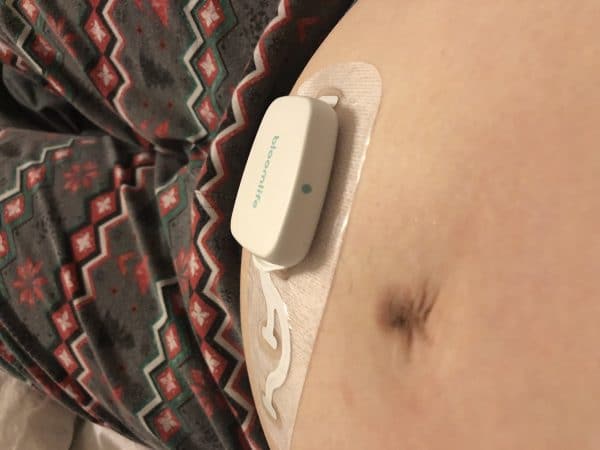
I honestly didn’t use it every night. I felt like I trusted myself to know when I was having active labor contractions, but it was helpful to use it when I felt like the tightening I was having was more than just Braxton Hicks.
I just used it at night – you have to be completely still while using it, or else it won’t pick up anything. So I didn’t feel it was necessary to use it during the day – but you can wear it 24/7 if you’d like.
A couple of times a week, I would put it on right before bedtime just to monitor throughout the night. I did this more around the time that I had the cramping described above.
Toward the end of my pregnancy, I actually used it less. I felt like my body was preparing to go into labor, and I wanted to just rely on my own intuition rather than confusing myself. I was having near constant Braxton Hicks, so I feel like if I would have worn the monitor during those, I may have convinced myself I was in labor!
I labored at home for nearly 24 hours before I went in. I was using another contraction timer, and I kind of wish I had put the Bloom monitor on during that time so it could have kept track.
With that said, I actually avoided putting it on during this time – because I was confused already, and I felt like I really needed to listen to my body and not worry about anything else. I was only 37 weeks, and I was having a hard time believing I was actually in labor (even though I was definitely having contractions). I do think it could be useful in early labor, and perhaps it would have convinced me earlier that I was, indeed, in labor. But it all worked out.
Overall, I do think the Bloom Life monitor is a useful tool. You have to keep in mind that it picks up all uterine activity – and if you aren’t feeling anything, it likely isn’t labor. But for moms who need a little extra help or reassurance, it can be great.
CLICK HERE TO GET $20 OFF YOUR FIRST WEEK OF RENTAL
OTHER POSTS YOU MAY ENJOY:
